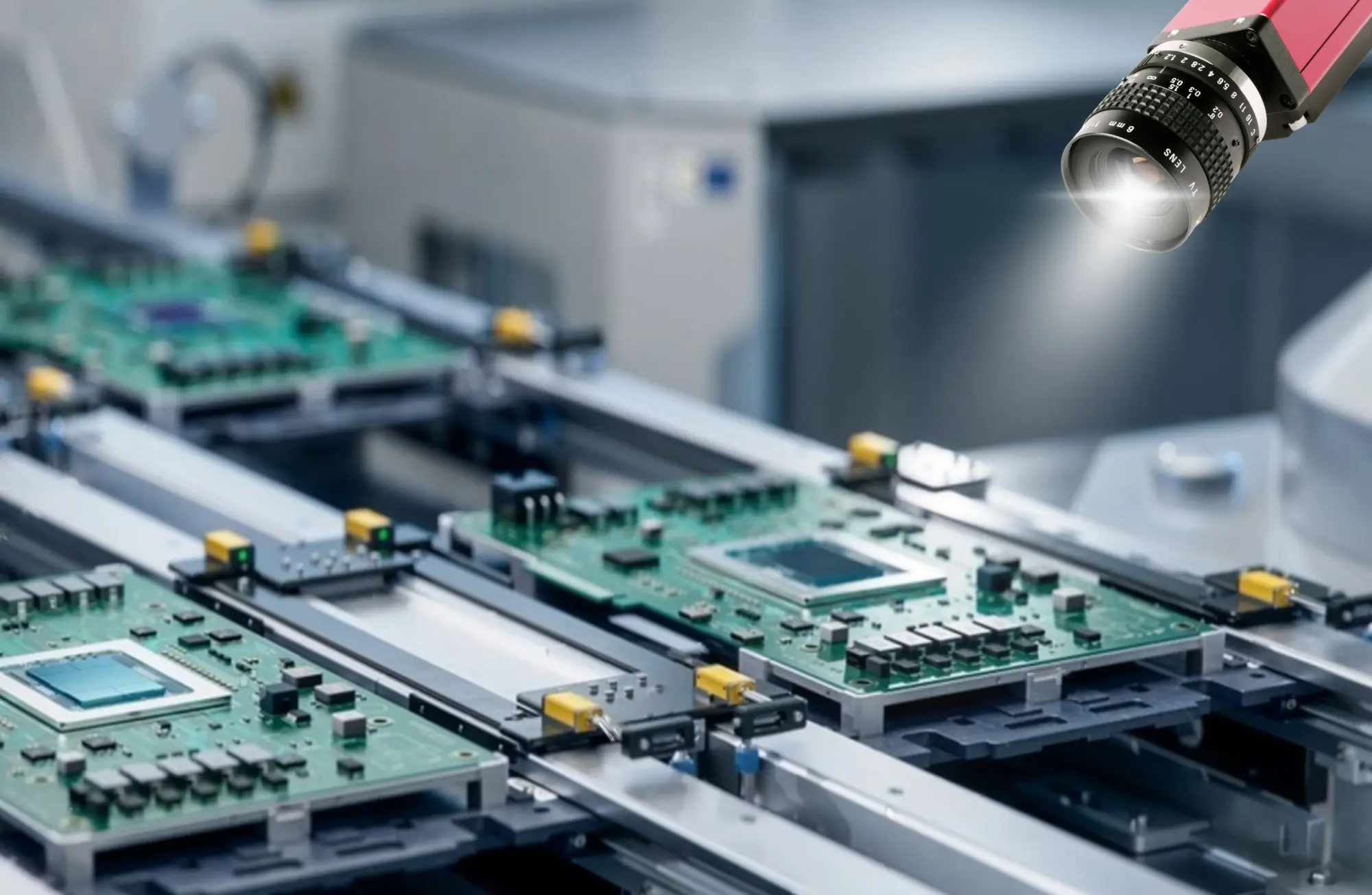GigE camera for visual inspection, product counting and SOP monitoring automation
Book a call
GigE cameras are powerful imaging devices that leverage the Gigabit Ethernet (GigE) interface to deliver high-speed data transfer and reliable performance over long distances. These cameras are designed to meet the demanding needs of industrial environments, where flexibility, scalability, and precision are critical. With the ability to transmit high-resolution images across extensive networks, GigE cameras provide a versatile and cost-effective solution for a wide range of inspection and monitoring applications.
GigE cameras are ideal for applications where robust performance, network integration, and long-distance image transmission are essential. They excel in the following scenarios:



©2025 Intelgic Inc. All Rights Reserved.